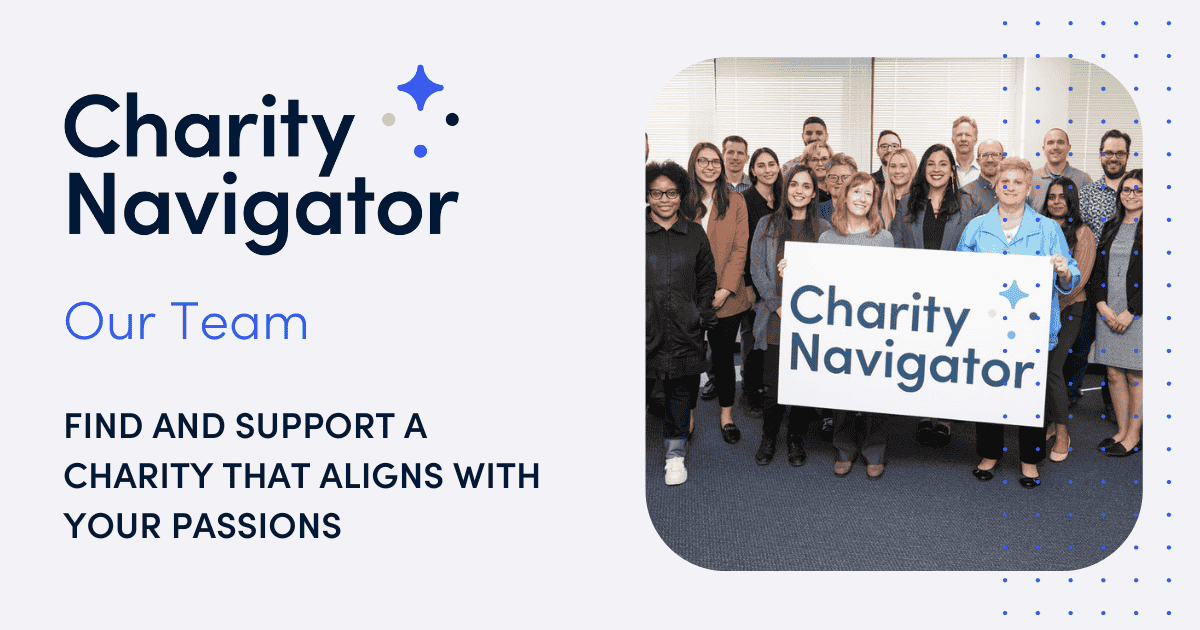
Charitable giving is a generous act, but it’s crucial to ensure that your donations go to a reputable and efficient organization. Charity Navigator is one of the most trusted tools for evaluating nonprofits and helping donors make informed decisions. In this article, we will delve into what Charity Navigator is, how it works, and its significance in the world of philanthropy.
Charity Navigator is the largest nonprofit evaluator in the United States, founded in 2001. It serves as a watchdog for donors by providing detailed ratings of thousands of charities across the country. The platform aims to help individuals, businesses, and foundations make smart philanthropic choices by offering insights into a charity’s financial health, accountability, and transparency.
In a world where more people are inclined to give back to their communities, Charity Navigator has become a critical resource in the decision-making process. As donations increase, so does the demand for nonprofits to prove their efficiency and effectiveness.
Nonprofit accountability and transparency are critical because donors want to ensure their money is being used for the right purposes. Accountability in this context refers to a charity’s ability to take responsibility for its actions and its stewardship of donor resources. Transparency, on the other hand, involves being open and honest about financial practices, operations, and decision-making processes.
Grace United Church helps ensure that nonprofits adhere to high standards in these areas, ensuring that they are effectively using donations for their intended cause. Nonprofits that are both accountable and transparent build trust with donors, resulting in increased contributions.
The impact of Charity Navigator on donor behavior is significant. Many donors rely on Charity Navigator’s ratings to decide where to allocate their funds. A high rating from Charity Navigator can lead to increased donations, while a low or poor rating may dissuade potential donors from contributing.

Donors often appreciate the transparency that Charity Navigator provides because it eliminates the guesswork involved in giving. With detailed information about a charity’s financial health and ethics, donors can feel confident that their money is being put to good use. This confidence helps build long-term relationships between nonprofits and their supporters.
Several factors go into determining a charity’s rating . Understanding these elements can help you interpret the scores more accurately.
These metrics provide a detailed view of how well a nonprofit organization is managing its resources, which directly influences its star rating.
A low rating does not necessarily indicate that a charity is fraudulent or ineffective. It might simply mean that the charity is not as financially efficient or transparent as others. However, it could still be doing impactful work.
Some donors believe that highly-rated charities don’t need additional support. This isn’t the case. While a high rating signifies that a charity is performing well, they still rely on donations to continue their programs and operations.
Charity Navigator is one of many tools available to donors. Other organizations like GuideStar and the Better Business Bureau’s Wise Giving Alliance also offer nonprofit evaluations. While Charity Navigator is highly respected, it’s always wise to consider multiple perspectives.

Charity Navigator continues to evolve, adding new features and expanding its reach to provide even more comprehensive evaluations. Over the years, it has introduced several initiatives aimed at giving donors a more holistic view of nonprofits.
In addition to financial health and transparency, Charity Navigator has started to emphasize the impact a charity makes. Impact reports highlight how effectively a charity’s programs are achieving their goals. This is particularly useful for donors interested in the tangible outcomes of their contributions.
As the world of philanthropy continues to evolve, so does Charity Navigator’s role. With growing expectations for transparency and accountability, Charity Navigator is likely to play an even more crucial role in how donors choose which causes to support.
With more attention being placed on the outcomes of charitable programs, Charity Navigator will likely continue to expand its focus on impact evaluations. This shift will enable donors to not only see how efficiently a charity uses its resources but also how effective their contributions are in making a real difference.
Charity Navigator plays a pivotal role in the modern philanthropic landscape by providing transparency, accountability, and detailed evaluations of nonprofits. For donors, it serves as a reliable tool to ensure that their contributions are being used effectively and responsibly. Through its comprehensive rating system—focusing on financial health, accountability, transparency, and impact helps individuals and organizations make informed decisions about their charitable giving.
As the demand for greater transparency and effectiveness in the nonprofit sector grows, Charity Navigator is evolving to meet those needs. Its introduction of the Encompass Rating System and partnerships with platforms like GuideStar signal a future where more nonprofits, regardless of size, can be assessed, and where donors can receive an even clearer picture of how their contributions are making a difference.